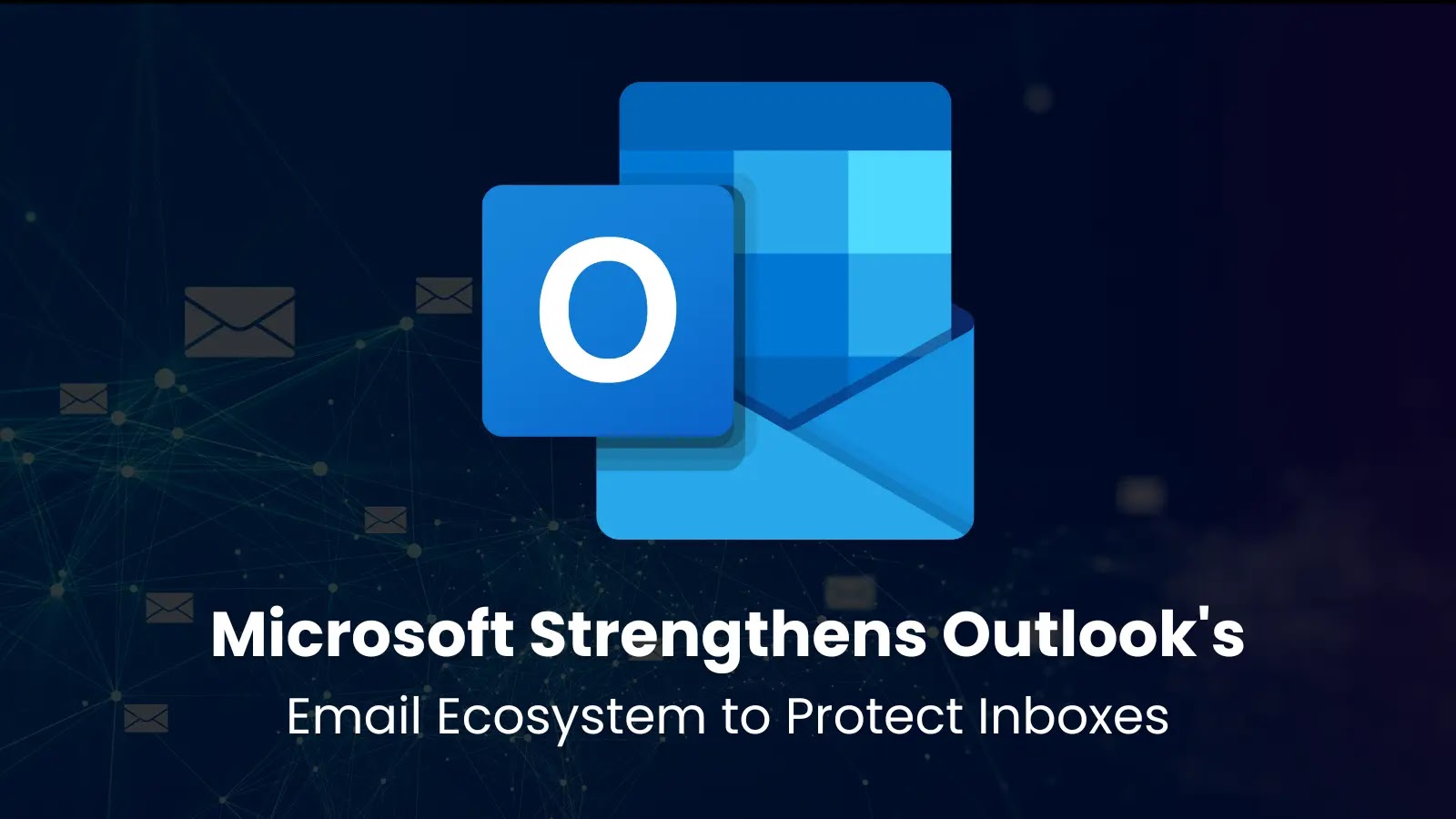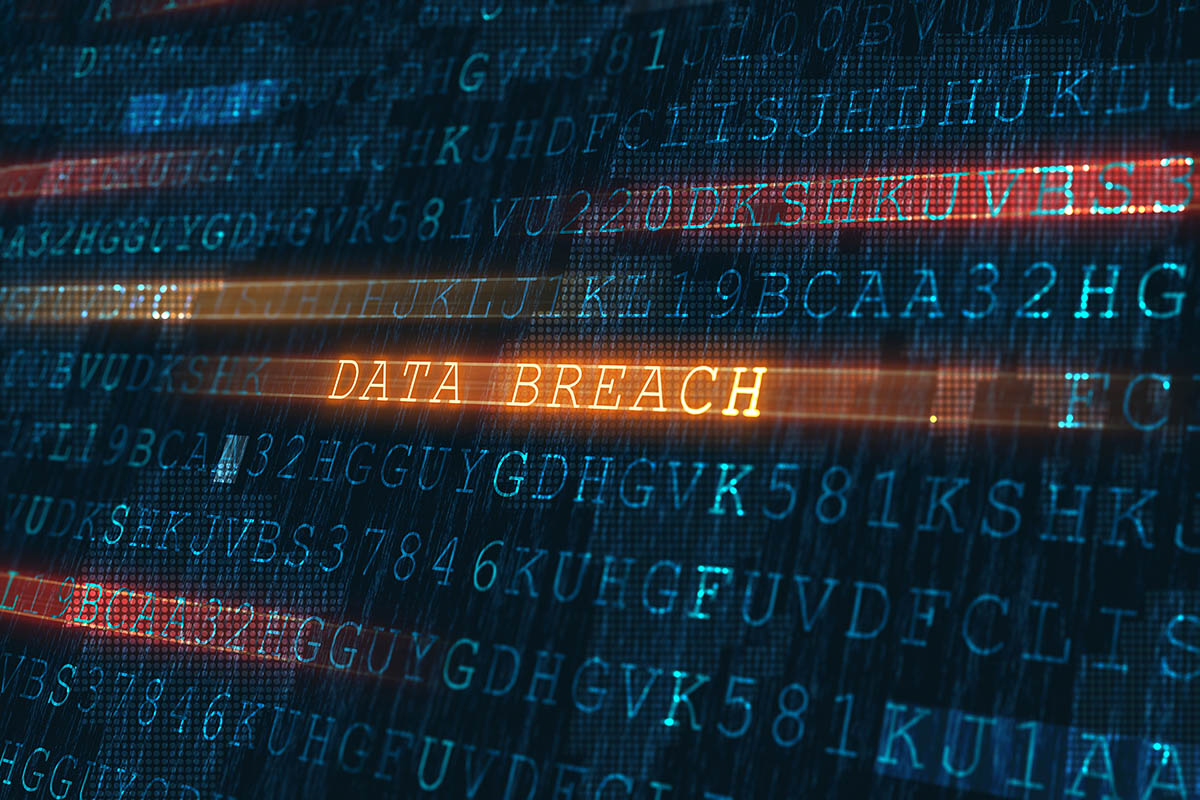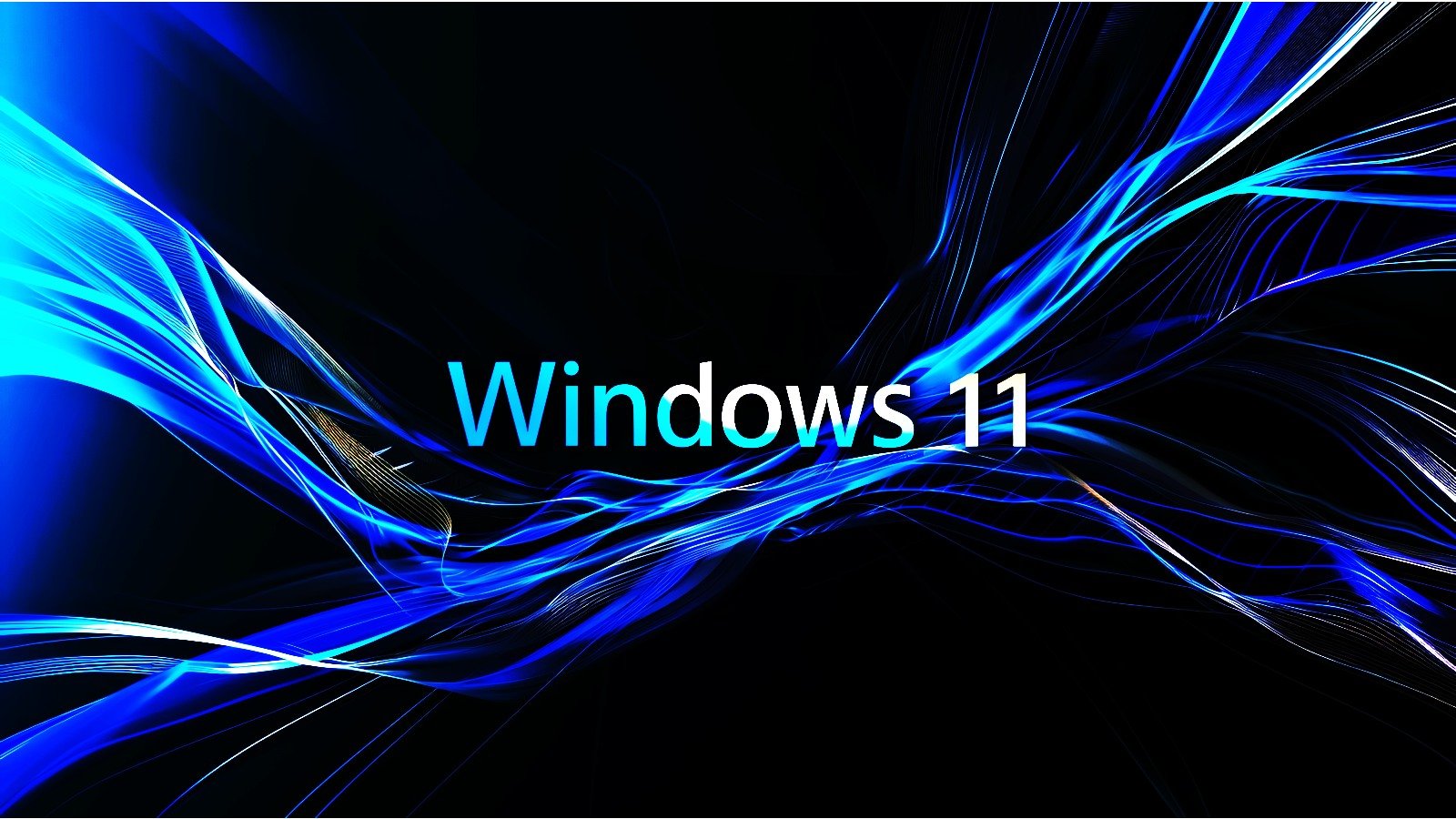Introduction to Enhanced Security Measures
Starting May 5, 2025, Microsoft Outlook will introduce more stringent authentication requirements for domains sending over 5,000 emails daily. This initiative is designed to bolster inbox protection and uphold the integrity of digital communications.
Key Authentication Protocols Explained
To combat malicious activities like spoofing and phishing, Outlook will require adherence to the following authentication protocols:
- SPF (Sender Policy Framework): Validates the sending domain by ensuring only authorized IP addresses and hosts are listed in the domain’s DNS record.
- DKIM (DomainKeys Identified Mail): Confirms the integrity and authenticity of an email via a digital signature, maintaining its unaltered state throughout transmission.
- DMARC (Domain-based Message Authentication, Reporting and Conformance): This protocol builds on SPF and DKIM, promoting domain alignment and generating reports on email authentication outcomes, with a strong recommendation for a “p=reject” policy to enhance security.
Additional Best Practices for Senders
Microsoft also recommends the following best practices to ensure continued email quality and trust:
- Valid ‘From’ and ‘Reply-To’ Addresses: Ensuring these addresses are genuine and can receive replies.
- Effective Unsubscribe Options: Providing clear, easy-to-find links for recipients wishing to opt out of further communications.
- Maintaining Clean Email Lists: Regularly updating email lists to remove invalid addresses, thus reducing bounce rates and spam complaints.
- Transparent Email Practices: Using accurate subject lines, avoiding misleading headers, and securing recipients’ consent before sending emails.
Timeline for Enforcement
Mandatory updating of SPF, DKIM, and DMARC records should commence immediately, with Microsoft set to:
- Route non-compliant messages to the junk folder starting May 5, 2025.
- Potentially reject non-compliant messages entirely at a later announced date for enhanced protection.
These measures target high-volume senders to drastically reduce the risk of spam and spoofing attacks affecting Outlook users.
Adherence to these updated protocols and recommendations helps secure a safer, more reliable email ecosystem, benefiting senders with improved deliverability, reduced bounce rates, and elevated brand credibility. While initial enforcement focuses on large volume senders, all email marketers are encouraged to comply, ensuring better security and preserving their reputations.
Related: Coinbase Enhances Security Messages to Calm User Concerns Over Possible Account Breaches
Last Updated: April 6, 2025




